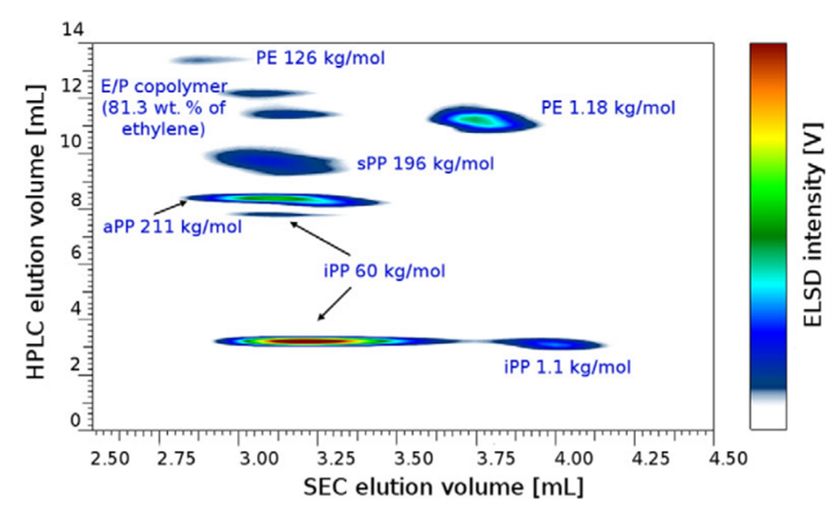Understanding how weeds are resistant to herbicides
In a little over seven hours, University of Illinois weed scientist Patrick Tranel got more genetic information about waterhemp than in two years time in a lab. The genetic information was obtained using pyrosequencing technology in the Keck Center at the U of I. The genetic sequence will allow scientists to study herbicide resistance in waterhemp.
Ten years ago genomics was reserved for what Tranel refers to as "important species" such as humans, cows, fruit flies, and mice. "That's changed now that those species have been sequenced. Now we can start doing genomics on weeds to start understanding weeds better.
The pyrosequencing machine emits a light signal that's captured every time a nucleotide is incorporated into a growing DNA strand. "The reason it's so fast is that it's done in parallel," said Tranel. "The plate has thousands of tiny wells, and a sequencing reaction going on in every one of them simultaneously. There's a camera that monitors the light for each of these wells simultaneously and so in one seven and a half hour run you generate a million reads."
Tranel explained that although more traditional herbicide resistance research takes years, it's more gene-specific. "We sampled plants, brought them back to the green house, grew them up, confirmed that they were resistant and then we started crossing a resistant plant with a sensitive plant. We look at its progeny to see if the resistance is inherited to understand the genetics – if it's a dominant trait or a recessive trait.
All of the data is publically available. "There's a website where you can go and get the 43 million base pairs of sequence. So anyone can get it and use that information."
Having the complete genomic data on waterhemp will help scientists not only to identify but also to understand resistance and how resistance evolves. "If you understand how it evolves, that can help you devise strategies that cannot prevent it from evolving, but at least slow the rate at which it happens," said Tranel.
Original publication: "Sampling the Waterhemp (Amaranthus tuberculatus) Genome Using Pyrosequencing Technology"; Weed Science 2009.
Most read news
Other news from the department science

Get the analytics and lab tech industry in your inbox
By submitting this form you agree that LUMITOS AG will send you the newsletter(s) selected above by email. Your data will not be passed on to third parties. Your data will be stored and processed in accordance with our data protection regulations. LUMITOS may contact you by email for the purpose of advertising or market and opinion surveys. You can revoke your consent at any time without giving reasons to LUMITOS AG, Ernst-Augustin-Str. 2, 12489 Berlin, Germany or by e-mail at revoke@lumitos.com with effect for the future. In addition, each email contains a link to unsubscribe from the corresponding newsletter.
Most read news
More news from our other portals
Last viewed contents
Is Arsenic Metabolism more Complex than Expected? - Organic arsenic-sulfur compound discovered in sheep urine

Quantitative molecular characterization of polyolefin recyclates

Research team reveals hidden particle interactions at the cell surface - Ultra-smooth interactions can be detected through high-speed measurement and frequency analysis
Molecular robots can help researchers build more targeted therapeutics - Study demonstrates technique to create better anti-cancer agents, arthritis drugs, and more


















































